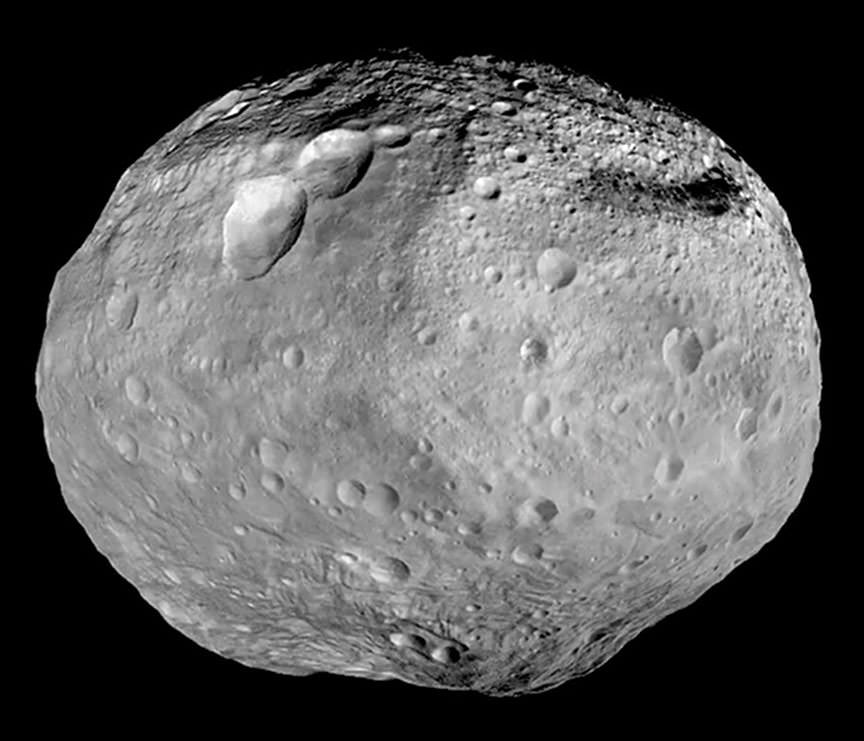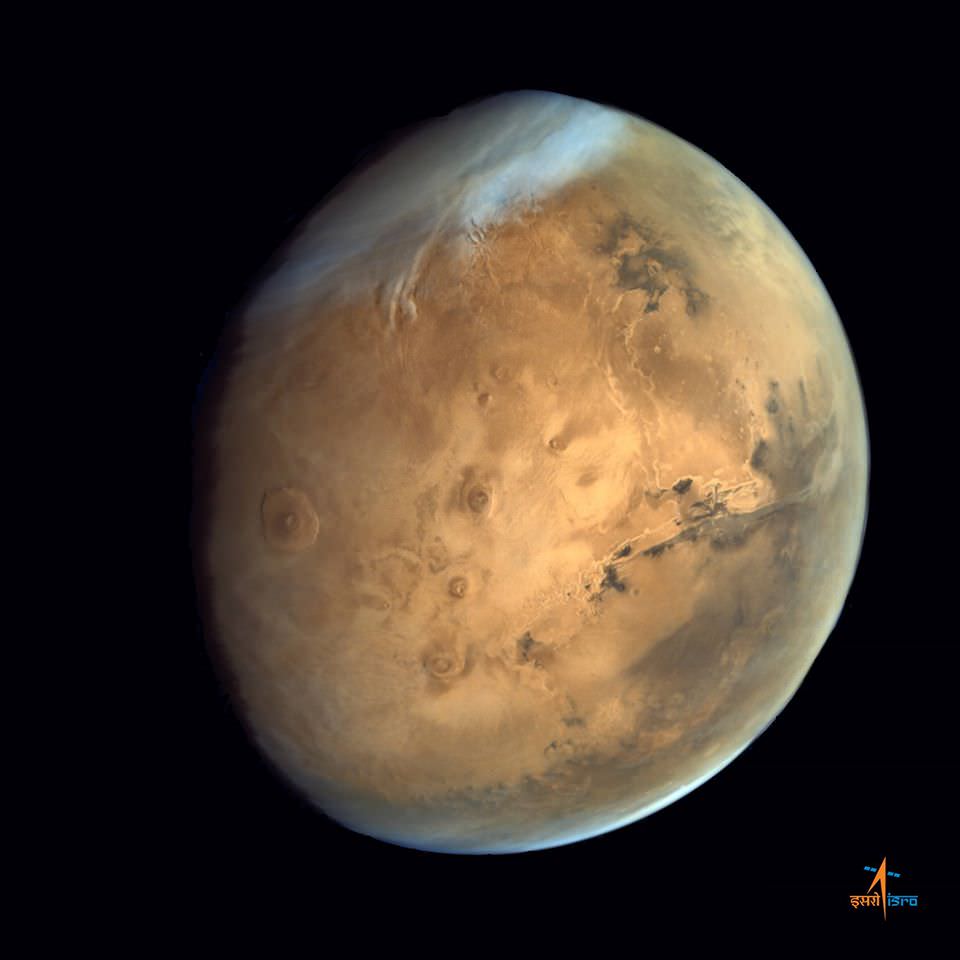
Between its methane lakes, dense atmosphere, and subterranean ocean, Saturn's largest moon (Titan) is a wonder to behold!
Continue reading

Planet Earth is the birthplace of humanity, the cradle of human civilization, and the only known planet in our Solar System that is capable of sustaining life.
Continue reading














































